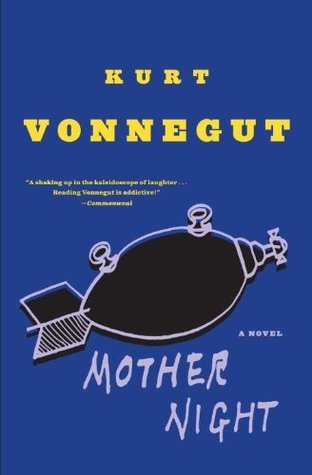Chapter 13: The Reverend Doctor Lionel Jason David Jones, D.D.S., D.D. …
byChapter 13 delves into the life of Reverend Doctor Lionel Jason David Jones, a notorious figure deeply entrenched in racial politics and propaganda. Born in 1889 in Haverhill, Massachusetts, Jones grew up in a family of dentists, but his academic journey took a turn when he failed his dental studies at the University of Pittsburgh. His struggles were not merely academic but stemmed from what could now be diagnosed as paranoia, evident in his bizarre writings that linked dental features with racial theories. His obsession with race eventually led him to craft frantic pamphlets that warned against the influence of Jewish and African American communities. These early writings, which appeared nonsensical to modern readers, laid the foundation for his radical racial ideologies, creating a troubling portrait of a man whose personal insecurities spiraled into harmful, divisive beliefs.
After being expelled from dental school, Jones worked as an apprentice embalmer, which set the stage for a shift in his career. During this period, he married Hattie Scharff, the owner of a funeral home, and their marriage allowed him to temporarily set aside his extreme views on race. Jones was able to find some success, particularly in the development of embalming products, and for a brief time, he lived a relatively quiet and stable life. However, the death of his wife in 1928 triggered a return to his previous agitation, and soon after, Jones founded The White Christian Minuteman, a publication designed to spread his toxic racial ideologies. This publication marked the beginning of a more public and aggressive push to influence the masses with his views, and it ultimately paved the way for his deeper involvement in racial politics.
The financial turmoil following the 1929 stock market crash led to Jones’s financial ruin, forcing him to pivot in his career. He moved to Little Rock, Arkansas, where he took charge of an embalming school, which, over time, shifted its focus to a mail-order university that sold phony divinity degrees. This new venture marked Jones’s rebranding as the Reverend Doctor, a title that provided him the platform to publish a controversial book. In his book, Jones claimed that traditional depictions of Jesus were inaccurate and failed to reflect Jewish ancestry, further embedding his racial beliefs into religious discourse. This publication not only spread his controversial views but also contributed to his growing influence in certain circles, allowing him to gain followers who resonated with his distorted views of history and religion. His combination of religion, race, and propaganda gained traction, creating a dangerous blend of ideas that would have far-reaching consequences.
During the escalation of World War II, Jones became an active conduit for Nazi propaganda. He eagerly contributed to the spread of disinformation, even after the United States had entered the war. His outspoken support for Nazi ideology led to his indictment for conspiring to undermine the U.S. government, and he was sentenced to fourteen years in prison. However, Jones served only eight years of his sentence, and upon his release in 1950, he found himself financially prosperous again, thanks to the success of his embalming products. His newfound wealth allowed him to re-establish his public presence, and in 1955, he resumed publishing his hateful materials, solidifying his place as a fixture of racial intolerance in post-war America. Jones’s re-emergence as a public figure highlights the resilience of dangerous ideologies and the difficulties of eradicating them, even after significant personal setbacks.
The chapter closes with the author’s reflection on why such an extensive biography was given to someone like Jones. This reflection serves as a stark contrast to the author’s own sense of sanity and knowledge, emphasizing the absurdity of the beliefs that Jones espoused and the way they were given prominence in certain circles. The author highlights how Jones’s life, filled with hate and division, starkly contrasts with the reality of those who seek unity and progress. By presenting Jones’s biography in detail, the narrative underscores the impact of radical ideologies on society and serves as a cautionary tale about the dangers of such beliefs. The absurdity of Jones’s actions and his continued influence after his release from prison highlights the persistence of harmful ideas and their ability to resurface, even in a world striving for healing. The chapter ultimately emphasizes the importance of recognizing and confronting such ideologies to prevent them from taking root once again.

